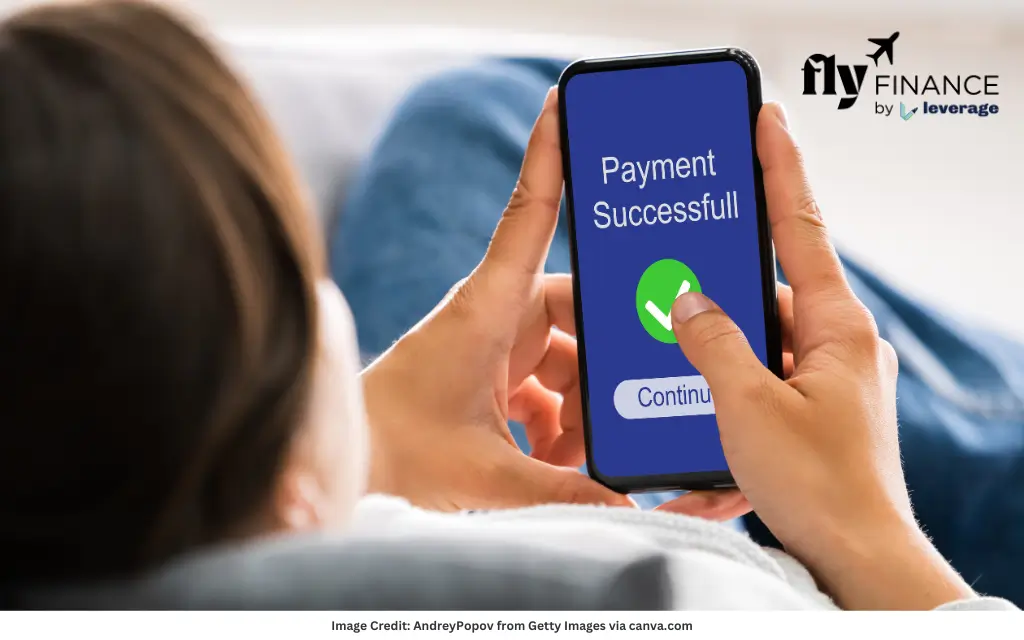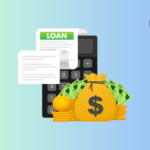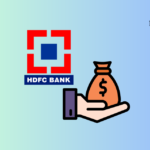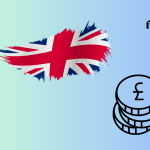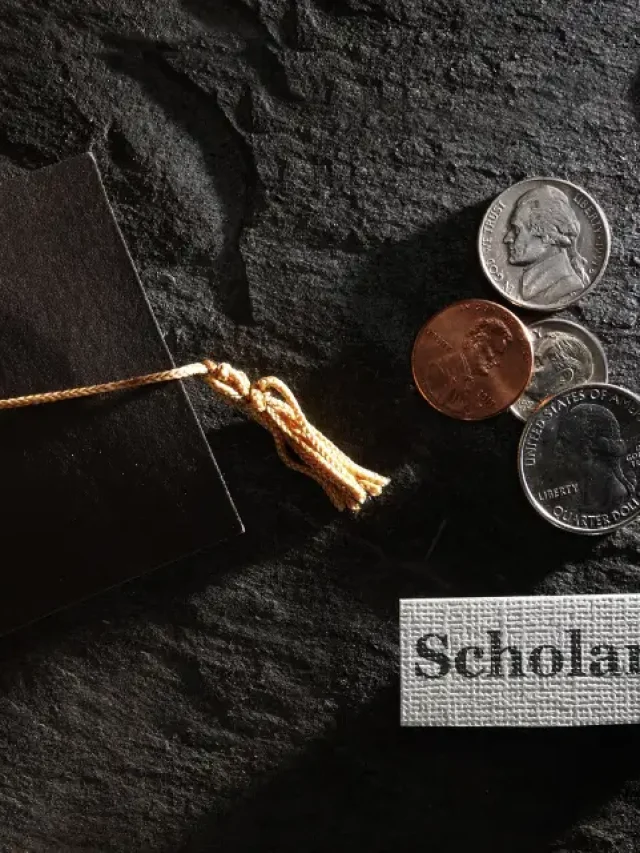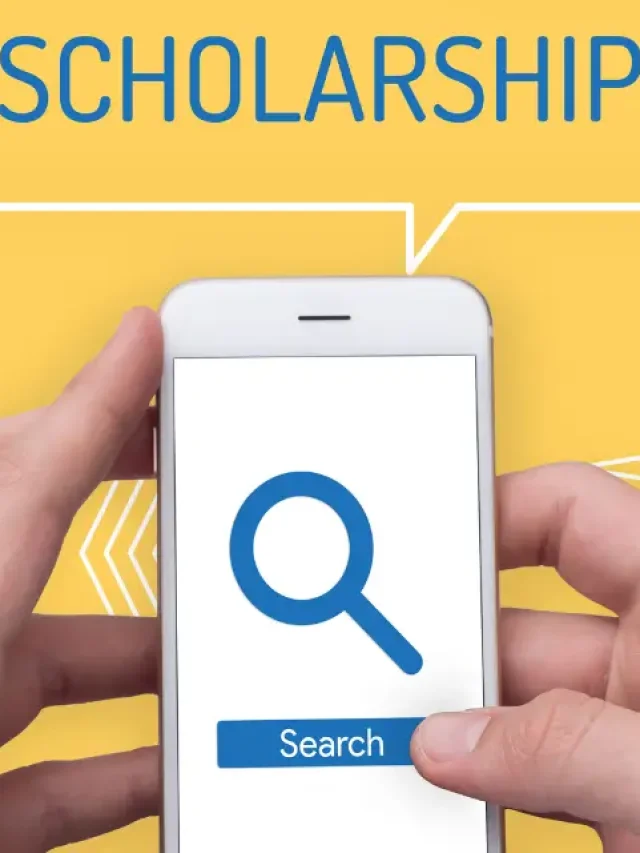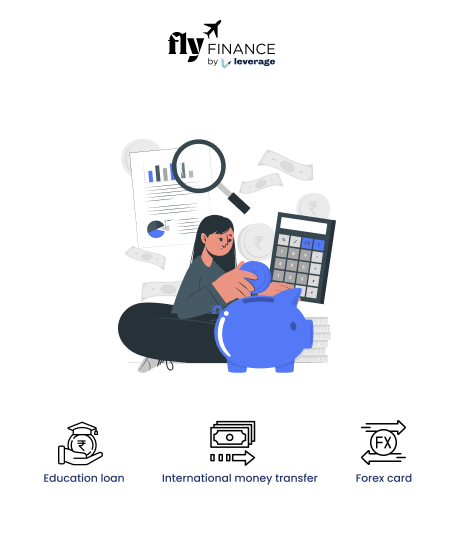Proof of payment is an essential document that confirms a financial transaction has been completed. Whether you are making an online purchase, paying bills, or transferring money, proof of payment serves as evidence that the transaction has been processed.
For individuals and businesses alike, having valid proof of payment is crucial for financial record-keeping, resolving disputes, and ensuring accountability. Understanding the different types of proof of payment and their importance can help you navigate transactions seamlessly.
Table of contents
What is Proof of Payment?
Proof of payment is a document or digital record that verifies that a payment has been made. It acts as confirmation that the payer has transferred the specified amount to the payee. This proof is typically issued by financial institutions, payment gateways, or merchants.
Examples of Valid Proof of Payment
Some common examples of proof of payment include:
- Bank statements showing the transaction details
- Payment receipts from online or offline transactions
- Transaction confirmation emails from banks or payment providers
- Screenshots of completed transactions
- Credit or debit card statements
- UPI or mobile wallet payment confirmations
- Remittance Advice
Purpose of Proof of Payment
The primary purpose of proof of payment is to provide a verifiable record that a financial transaction has been completed.
This documentation is essential for tracking payments (usually done via UTR number), ensuring transparency, and safeguarding both the payer and payee from potential disputes.
It also serves as a legal and financial safeguard, confirming that obligations have been met and preventing fraudulent claims.
Check out the various reasons why proof of payment is used:
- Verifying that a payment has been successfully processed
- Providing documentation for tax or accounting purposes
- Resolving disputes related to transactions
- Confirming payments for goods, services, or loans
- Ensuring compliance with financial regulations
Also Read: Learn about Prepaid Payment Instruments (PPIs) and discover how they simplify transactions and give you more control over your spending!
Information Included in Proof of Payment
Proof of payment can exist in various formats, such as digital receipts, paper invoices, or transaction confirmation emails. Regardless of its format, a valid proof of payment should contain the following details:
- Name of the payer and payee
- Date and time of the transaction
- Transaction amount
- Payment method (bank transfer, credit card, etc.)
- Transaction or reference number
- Issuing authority (bank, payment gateway, etc.)
- Additional notes, if applicable
Importance of Proof of Payment
Proof of payment serves as a fundamental part of financial transactions, including domestic and foreign remittances, providing concrete evidence that a payment has been made. Whether for record-keeping, legal protection, or dispute resolution, it ensures clarity and accountability in financial dealings.
Having proof of payment is crucial for both individuals and businesses. Here’s why:
- Financial Security: It helps in keeping track of payments and preventing fraud.
- Legal Protection: Acts as evidence in case of disputes or legal claims.
- Record Keeping: Essential for budgeting, accounting, and tax filing.
- Business Transactions: Ensures smooth financial operations and builds trust between parties.
Also Read: Explore top cards for insurance payments with high reward rates, and exclusive benefits while ensuring timely premium payments.
How to Send Proof of Payment?
Sharing proof of payment is an essential step in verifying financial transactions, ensuring that both parties have documented evidence of the payment.
Whether submitting proof for business purposes, confirming a personal transaction, or resolving a dispute, it is important to follow a structured approach.
If you need to send proof of payment, follow these steps:
- Obtain a receipt, screenshot, or email confirmation of the transaction.
- Ensure all transaction details are visible.
- Send the proof via email, WhatsApp, or any required medium to the recipient.
- If submitting it to a bank or institution, check if they require additional verification.
To sum up, proof of payment plays a crucial role in financial transactions, ensuring transparency and accountability.
Whether for personal or business use, maintaining proper payment records can help you avoid disputes, comply with financial regulations, and keep your transactions secure.
FAQs about Proof of Payment
Proof of payment can be a receipt (such as a scan, photo, or PDF) or a screenshot from your online bank. It should clearly show your name, account number, and the bank’s name. Simply put, it is any document that confirms a payment has been made successfully.
A bank transfer receipt, an online payment confirmation email, or a transaction statement can serve as proof of payment.
Yes, a bank transfer receipt or bank statement showing the transaction details is considered valid proof of payment.
The best proof of payment is an official receipt, bank statement, or transaction confirmation issued by a financial institution.
A valid proof of payment must include essential details like payer and payee names, transaction amount, date, and a unique reference number.
You can send proof of transaction via email, messaging apps, or by uploading it to a required platform, ensuring all details are clear and visible.
A credit card statement, PayPal receipt, or an invoice marked as “paid” can serve as proof of transaction.
You can submit proof of payment by providing the relevant document to the recipient through the preferred communication channel or online portal.
To learn more about bank accounts for students, the best education loans, forex, banking experience for global students, or international money transfers, reach out to our experts at 1800572126 to help ease your experience with studying abroad.
Follow Us on Social Media

